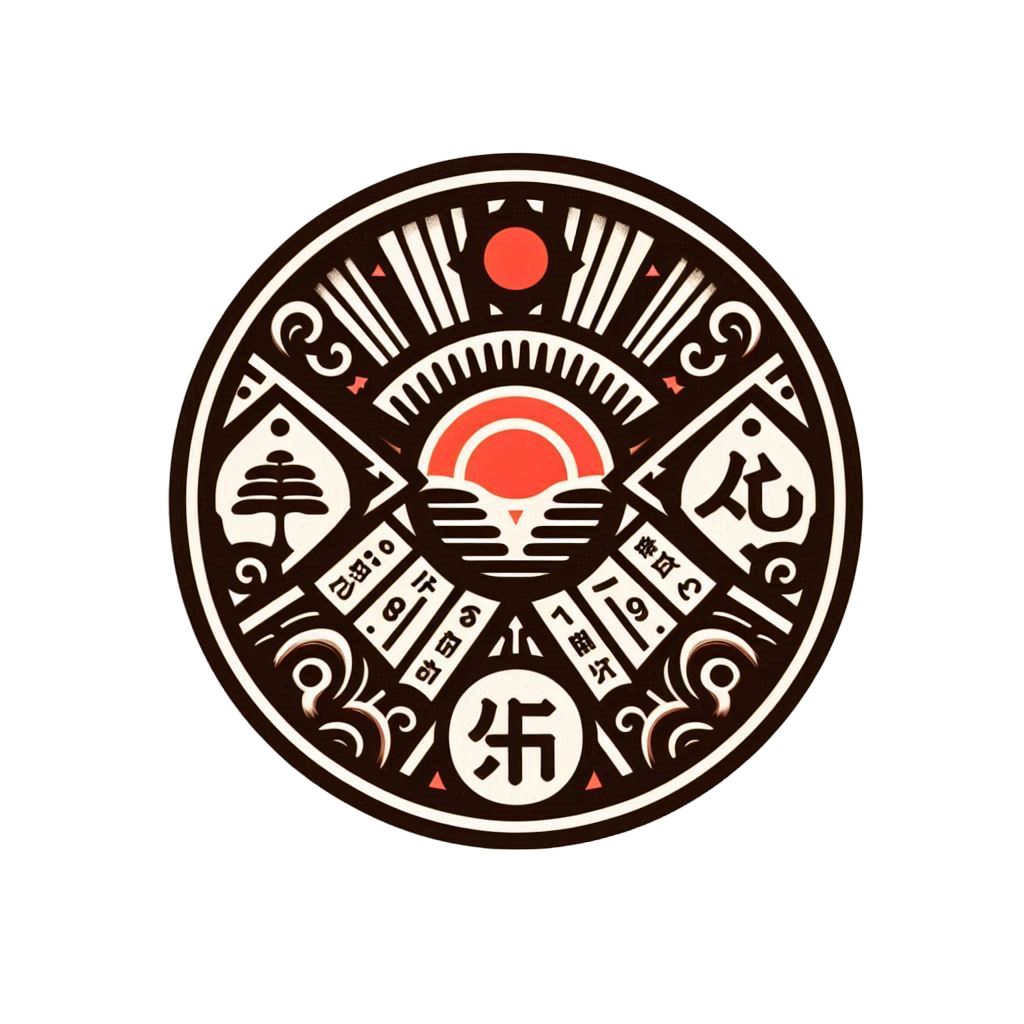When you think of playing cards, the usual suspects come to mind: spades, hearts, clubs, and diamonds. But in Japan, the story of cards took a very different route, turning into a cultural phenomenon. Enter Hanafuda—“flower cards”—which have become much more than just a game. They’re not only a source of entertainment but also a tool for divination and a window into Japanese heritage.

From Missionaries to Proud Japanese Decks
It all began in the 16th century when Portuguese missionaries arrived in Japan carrying a cross in one hand and a deck of cards in the other. Alongside bread, tobacco, and European clothing, they introduced playing cards. The Japanese didn’t take long to embrace the concept, and within a few years, they started crafting their own decks. Inspired by the European designs, they added their unique touch while keeping one thing unchanged: the number of cards—48.
However, the authorities quickly noticed that cards weren’t just harmless fun. Gambling became widespread, sparking enough concern to ban all playing cards by 1633. But the Japanese, being as resourceful as they are, found a creative loophole: they redesigned the cards, incorporating their rich artistic traditions. Thus, Hanafuda, the “flower cards,” were born. Instead of the standard suits, these new decks depicted months of the year adorned with seasonal flowers, birds, and natural symbols.
Why Koreans Love Hanafuda More Than the Japanese
While Hanafuda originated in Japan, it found a second home—and even greater popularity—in Korea. During the colonial era (1910–1945), Japanese culture permeated Korean daily life, and Hanafuda, known there as Hato, became a beloved family pastime. Games like Koi-Koi and Go-Stop became so ingrained that today, nearly every adult in Korea knows the rules. The popularity has only grown, with tournaments, mobile apps, and stunningly designed decks becoming part of the culture.
Hanafuda as a Cultural Artifact
But Hanafuda is more than a game. It’s a visual celebration of Japanese culture. Each card is a miniature masterpiece, showcasing seasonal landscapes, animals, birds, and characters from folklore, such as the mountain spirits known as Tengu. During the Edo period (1603–1868), these cards were popular among the aristocracy and were even used as tools for teaching calligraphy and poetry.
Hanafuda and Fortune-Telling: Where Games Meet Mysticism
Beyond being a card game, Hanafuda also became a tool for divination. During holidays and family gatherings, elder women would perform readings, predicting the year ahead for each family member. This wasn’t just tradition—it was a way to stay connected with ancestors and find guidance for the future. Every symbol on a card held meaning, offering insights into love, career, or life’s twists and turns.
A Universe in Your Pocket
Today, Hanafuda is much more than a deck of cards. It’s an art form, a source of inspiration for designers, and a collector’s treasure. In Korea, the cards appear on ceramics, fabrics, and even in home décor. In Japan, they’re still produced by none other than Nintendo—the company that began its journey with these very cards before giving the world Super Mario.
So, the next time you’re looking for a unique hobby or a way to spend an evening with friends, think of Hanafuda. It’s not just a game—it’s a bridge between past and future, culture and entertainment. Who knows? These cards might just reveal something about your own journey.
#whatishanafuda
#hanafudacards
#hanafudagame
#hanafudaculture


